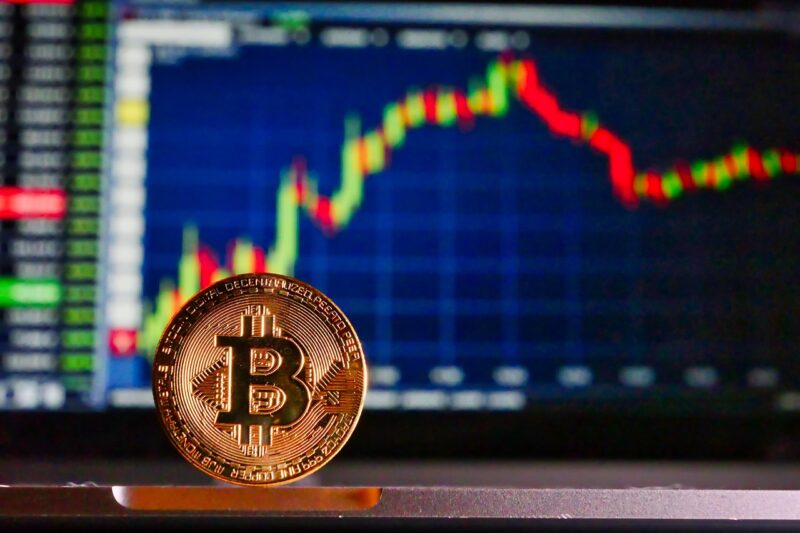Deflation is a term that’s often heard in economics, but many people are unclear about its impact on their daily lives. This statement is essentially the opposite of inflation.
Instead of prices rising, deflation happens when the general price level of goods and services in an economy decreases.
While this might sound like a good thing—lower prices, after all—deflation can have some unexpected consequences for individuals, businesses, and the economy as a whole.
In this article, we’ll explain deflation in simple words and explain what it means.
What is Deflation?
To start, let’s define deflation. It happens when the costs of products and services generally decrease with time. This can happen for various reasons, such as a drop in demand for products or a decrease in the supply of money circulating within an economy.
During deflation, consumers can buy more with the same amount of money, making it seem like a good deal at first. However, deflation can lead to some negative effects, particularly in the long run.
How Does Deflation Affect You?
- Purchasing Power: On the surface, deflation seems beneficial because prices are falling. For example, if you were able to buy a product for $100 last month, and that same product is now $90, you’re getting a better deal. Your purchasing power, or the value of your money, increases, meaning you can buy more for less.
- Savings and Debt: While deflation can make things cheaper, it can also affect your savings and debt. If you have debt, deflation can make it harder to pay back. As prices fall, the real value of money rises, meaning you’ll owe more in relative terms if your wages don’t increase alongside the prices. For example, if you owe $10,000 but your income remains the same, it will be harder to pay off that debt as the real value of money increases.
- Wages and Employment: Deflation can lead to lower wages and job losses. Companies, seeing the drop in prices and demand for goods, may start to reduce wages or lay off workers to save costs. This can result in a cycle of reduced income and spending, which may prolong the deflationary period. If people are earning less, they have less to spend, which reduces demand even further and leads to even lower prices.
The Pros of Deflation
- Lower Prices: As mentioned, you get more for your money. If you’re careful with your spending, this can work to your advantage, especially for big-ticket items like electronics, cars, and home appliances.
- Increased Savings: If your income remains stable, the purchasing power of your savings increases. For instance, if you have money saved up, you can purchase more with the same amount. This can be helpful for people planning for long-term goals like buying a house or retirement.
- Better for Lenders: Lenders may benefit from deflation, as the real value of the money they lent out increases. This means they’ll receive back more valuable money than they originally gave out.
The Cons of Deflation
- Reduced Business Profitability: When prices fall, businesses may struggle to make profits. This is especially problematic for companies with fixed costs, such as rent or salaries. If they can’t cover their costs due to lower prices, they may need to reduce their workforce or even shut down.
- Debt Burden: As mentioned earlier, deflation can make it harder to repay debts. The more valuable money becomes, the larger the burden of debt becomes. This is especially troubling for people with variable-rate loans or mortgages.
- Lower Demand and Uncertainty: If people expect prices to keep falling, they may delay purchases in the hope that goods and services will be even cheaper later. This can lead to a further decrease in demand, creating a vicious cycle of deflation that’s difficult to escape.
Deflation vs. Inflation: What’s Better?
While deflation has some perks, inflation is typically considered more favorable for the economy. A little inflation is usually a sign of a healthy economy because it encourages spending and investment.
In contrast, deflation can lead to economic stagnation, as people and businesses become hesitant to spend money. That being said, extreme inflation can be harmful as well.
Hyperinflation can erode savings and destroy economic stability. So, the goal is typically to aim for a balanced inflation rate—enough to encourage growth but not too much to be dangerous.
What to Do in the Situation of Deflation?
- Be Smart About Spending: Since prices are falling, it might be tempting to wait for the next big sale or price drop. However, if wages start to drop, or if deflation leads to a recession, it’s better to avoid putting off essential purchases for too long.
- Focus on Paying Off Debt: If you have any debts, deflation can make them harder to manage. Consider using any extra savings from lower prices to pay down debts faster.
- Invest in Assets: If possible, consider investing in assets that hold value over time. Real estate, stocks, or other investments might be a better hedge against deflation than holding onto cash, which increases in value but doesn’t generate much return.
Conclusion
Deflation is more than just lower prices—it can affect your financial well-being in many ways. While it offers some short-term benefits like increased purchasing power, it can lead to problems such as higher debt burdens, lower wages, and job insecurity.
By understanding deflation and its impact, you can make more informed decisions about how to manage your money, save, and invest.
Remember, deflation is a complex economic phenomenon, but with the right strategy, you can navigate its effects and make the most of the situation.





